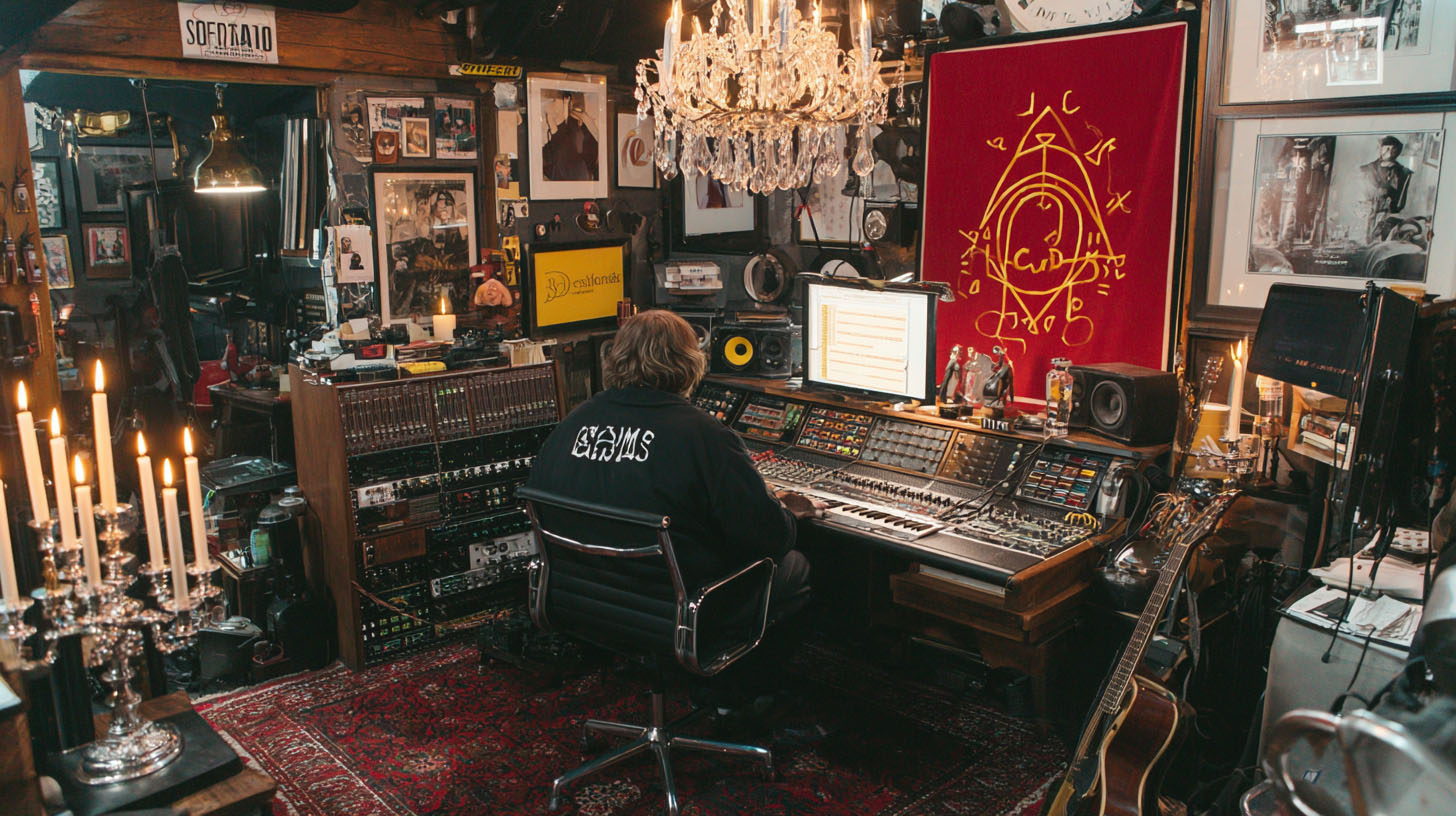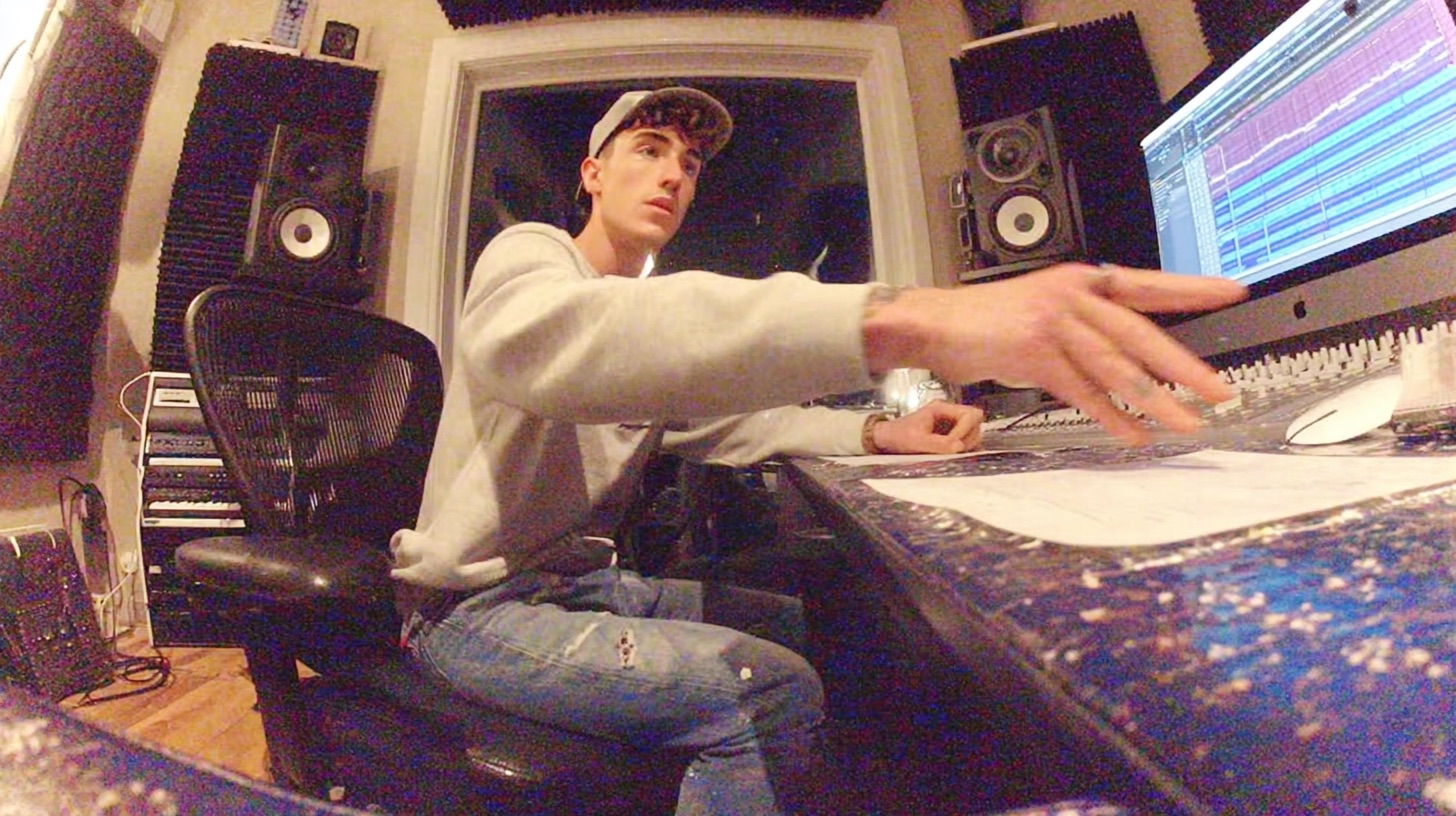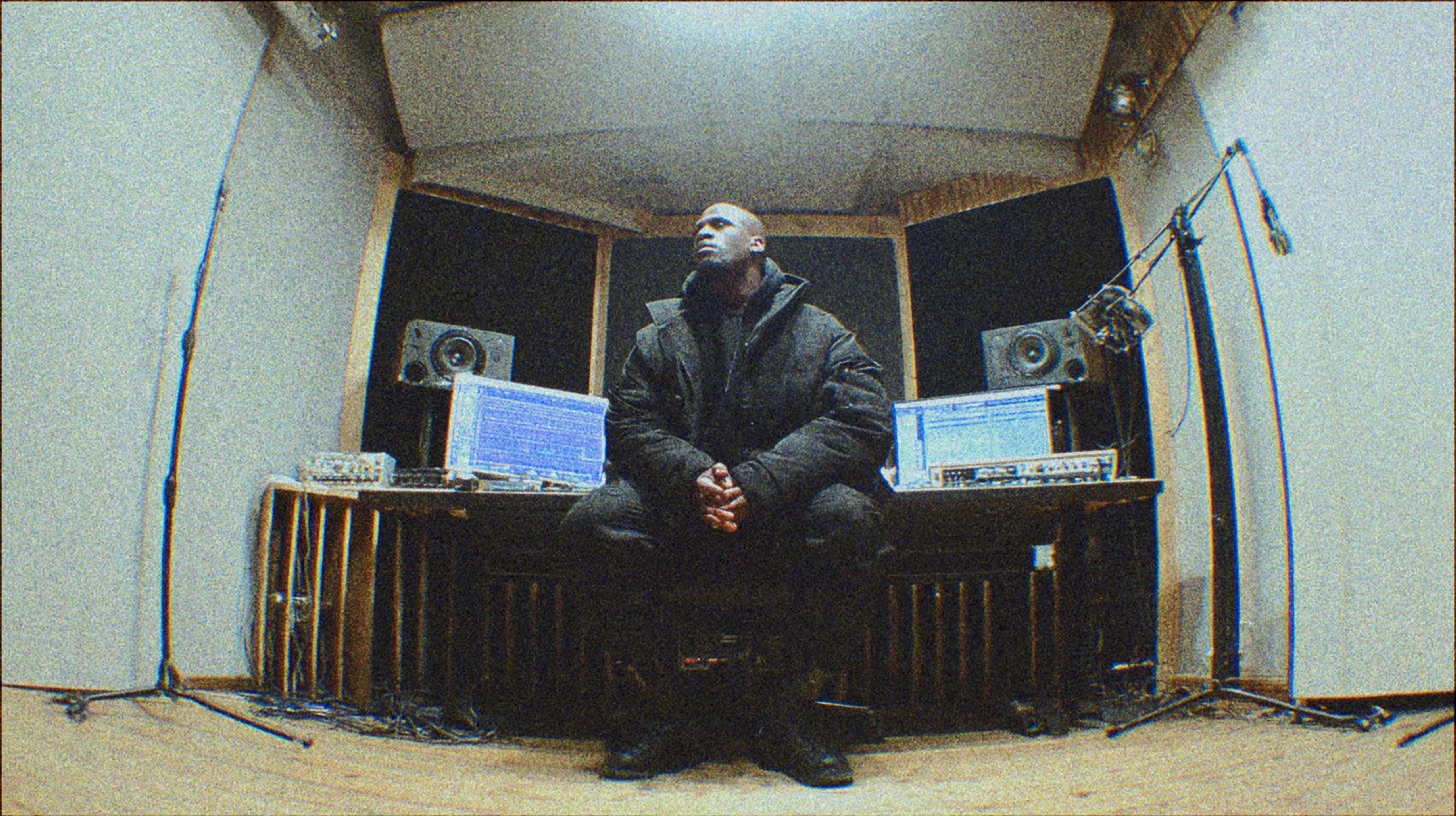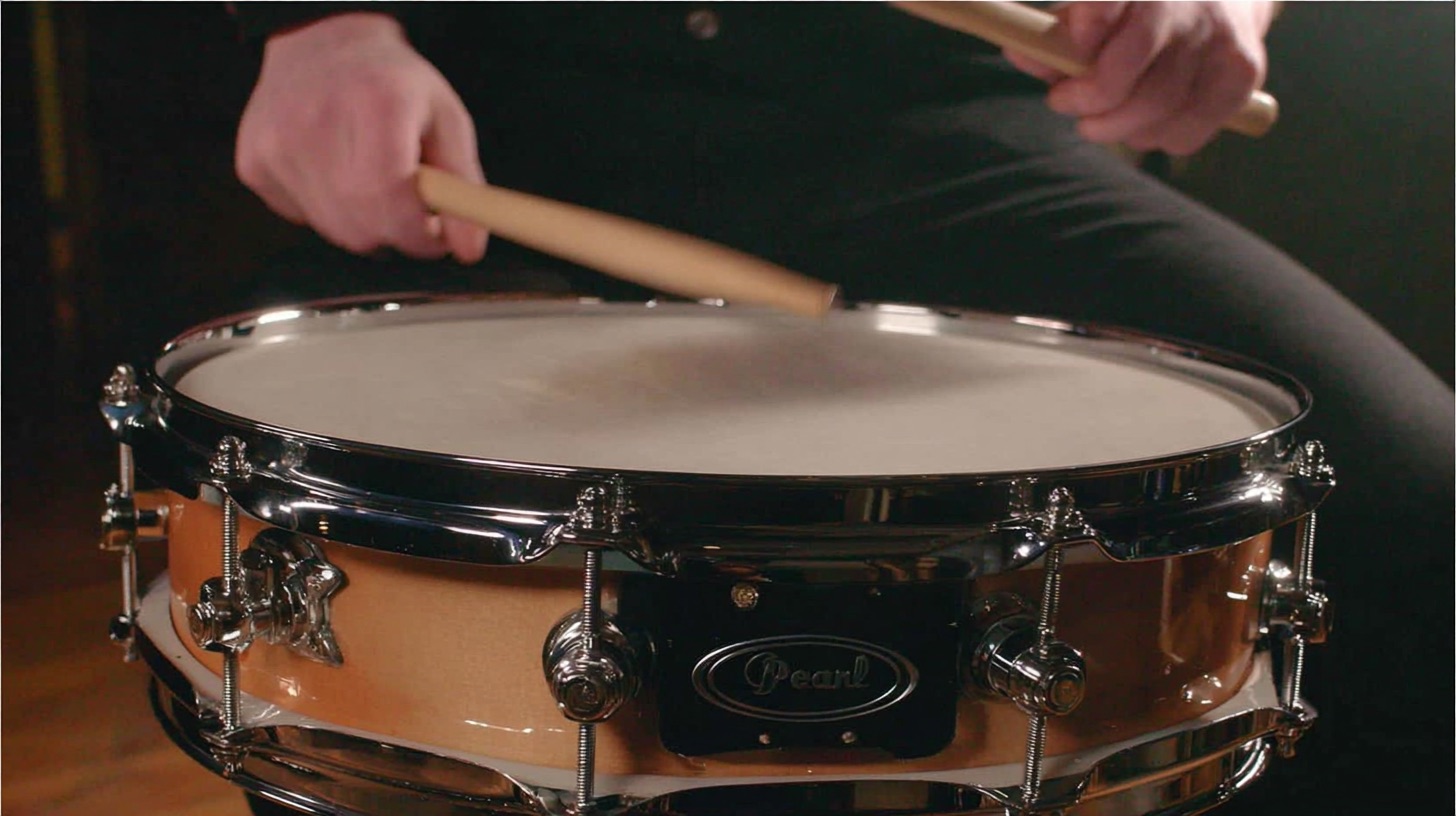
Handling Different Types of Bass in Your Metal Mix
Nail The Mix Staff
Getting the bass right in a heavy metal mix is a constant battle. It needs to be a foundational monster, gluing the low-tuned guitars and kick drum together, but it also needs to cut through with its own aggressive character. Screw it up, and you’re left with either a muddy mess or a thin, powerless track that gets completely buried.
The truth is, there isn't one single "right" way to do it. The best approach depends on the song, the player, and the tools you have. We're going to break down the three main types of bass you'll encounter in modern metal production: the real deal, the programmed powerhouse, and the hybrid beast.
Let's dig into how to handle each one.
The Foundation: Tracking a Real Bass Guitar
There’s an undeniable vibe that comes from a real player. The subtle imperfections, the feel, and the raw energy can be the secret sauce that makes a track feel alive. But capturing that energy effectively requires a bit of prep and a solid signal chain.
Getting the DI Right from the Start
Your DI (Direct Input) signal is everything. Before you even think about amps or distortion, nail the source tone.
- Fresh Strings are Non-Negotiable: Just like with guitars, old, dead bass strings sound dull and lack the harmonic content needed to cut through a wall of distortion. Put on a fresh set. The difference in top-end clarity and "clank" is huge.
- Performance is Key: A consistent, hard-hitting player makes mixing a thousand times easier. If the player’s attack is all over the place, the low-end will feel unstable.
- The Tuning Trick: Super aggressive picking can make notes go sharp on impact. This is a massive issue with low-tuned guitars, and it’s just as relevant for bass. A common studio trick is to tune the bass slightly flat—sometimes as much as 10-15 cents—to compensate. This ensures that the sustained part of the note is perfectly in tune with the guitars. A quality tuner that responds well to low frequencies is crucial here.
Processing the Real Deal: The Grit & Clean Blend
The most common and effective way to mix real bass in metal is by splitting the DI signal into at least two parallel tracks. This gives you total control over the low-end weight and the aggressive midrange.
- The Low End (Clean): This track is all about the fundamental. Take your DI signal and run it through a compressor to even out the dynamics. Use an EQ to filter out everything above 200-300Hz. This track is purely for weight and power. You can use a plugin like Waves RBass to add some extra sub-harmonic beef here if needed.
- The Grit (Distorted): This is your aggression. Take a parallel copy of the DI and obliterate it. Don’t be shy. Run it through a high-gain amp sim like the Neural DSP: Darkglass Ultra or even a classic guitar amp sim like a 5150. The goal isn't a "nice" bass tone; it's a chainsaw midrange that can fight for space with the guitars. High-pass this track aggressively (up to 200-250Hz) to remove any conflicting low-end mud.
- Blend to Taste: Start with your Low End track providing the foundation, then slowly bring up the Grit track until the bass has enough definition and attitude to be heard clearly in the mix, even on laptop speakers.
The Modern Powerhouse: Programming Your Bass
Choosing Your Weapon: Top Bass VSTs
Forget old, clunky SoundFonts. Modern bass libraries are recorded and pre-processed specifically for heavy genres.
- Submission Audio: Their libraries like Eurobass II and GroveBass are industry standards. They come packed with different tones (clean DI, grit, etc.) that are ready to drop into a mix with minimal fuss.
- GetGood Drums: The P-IV bass library is another fantastic option, known for its punchy, aggressive tone that's perfect for modern metalcore and djent.
- Toontrack EZbass: This is a killer tool not just for its sound but for its songwriting capabilities. You can feed it an audio or MIDI file from your drums or guitars, and it will generate a bassline for you, which you can then tweak to perfection.
Humanizing Your MIDI: The Key to Realism
The biggest mistake with programmed bass is leaving it perfectly quantized with one static velocity. It sounds robotic. The goal is to program it like a real player would perform it.
- Vary Velocities: No bassist hits every single note with the exact same force. Vary the MIDI velocity of your notes. Make the downbeats slightly harder and the ghost notes much softer.
- Slightly Off the Grid: Nudge some notes slightly ahead of the beat and some slightly behind. Locking the bass perfectly to the kick drum is a good starting point, but introducing tiny, human timing variations will make it groove.
- Use Articulations: All the top VSTs come with key-switches for slides, hammer-ons, and dead notes. Use them! Programming a slide into a chorus or a hammer-on in a fast fill adds a layer of realism that makes a huge difference.
The Hybrid Approach: Real Bass + Sub Reinforcement
Why not have the best of both worlds? The hybrid approach combines the feel of a real performance with the unwavering low-end consistency of a synth. This is a go-to technique for massive, modern-sounding low end.
Here’s the process, often called the "Sine Wave Trick":
- Track Your Real Bass: Get the best possible DI performance you can. This will provide all your midrange character, string noise, and human feel.
- Generate a MIDI Track: Convert your bass DI audio to MIDI. Most DAWs have a built-in function for this. Clean up the MIDI so it's tight and accurate.
- Trigger a Sine Wave: Load up a simple synthesizer (like Logic’s ES2 or a dedicated sub-plugin like Waves LoAir) on a new track. Use the MIDI from step 2 to trigger a pure sine wave. This sine wave will perfectly follow the root notes of your bass performance.
- Filter and Blend: Use an EQ to low-pass the sine wave track aggressively, cutting off everything above 80-100Hz. You want only pure sub frequencies. Then, high-pass your original DI bass track around the same point.
- Combine: Blend the sub-synth track underneath your real bass performance. Now you have the gritty, human character of the real bass and the perfectly consistent, powerful low-end of a synth, with zero phase issues or low-end fluctuations.
Taming the Beast: Essential Processing for Any Bass
No matter which type of bass you use, you need to control its power. A low-tuned bass, just like an 8-string guitar, contains a massive amount of low-frequency energy that can easily overwhelm a mix if not properly managed. This is where you get surgical.
Multi-Band Control is King
Top-tier mixers like Buster Odeholm get insane clarity from low-tuned instruments by using layers of control. Multi-band processing is the key. Instead of compressing the entire bass signal at once, a multi-band compressor lets you treat the lows and mids separately.
- Tame the Subs: Use a plugin like FabFilter Pro-MB to heavily compress only the frequencies below ~100Hz. This keeps the low-end foundation solid and consistent without killing the attack and punch in the midrange.
- Shape the Mids: You can use a separate band to control the "clank" or "grit" region (around 800Hz-2kHz), ensuring it cuts through without being harsh.
This level of dynamic control is one of the most powerful metal compression secrets for achieving a professional, polished low end.
The Final Polish
Whether real, programmed, or hybrid, your final bass bus is where you glue it all together. A final touch of EQ to carve out a small pocket for the kick drum attack and a bit of saturation to help it sit with the guitars can make all the difference.
These techniques are your roadmap to a killer bass tone. But seeing how legendary producers actually apply them, automate them, and make them work in the context of a full mix is a whole other level of learning.
At Nail The Mix, you can watch the pros who mixed bands like Gojira, Periphery, and Meshuggah build their tones from scratch using the song's actual multitracks. You don’t just learn the theory; you see exactly how every plugin is set and every decision is made. Unlock your sound and see how the pros do it.
Get a new set of multi-tracks every month from a world-class artist, a livestream with the producer who mixed it, 100+ tutorials, our exclusive plugins and more
Get Started for $1





